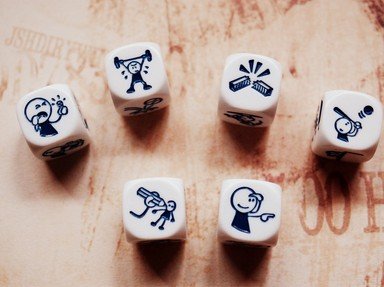Quiz Answer Key and Fun Facts
1. Who or what are Suffolk Swimmers?
2. Apart from religion, what belief was associated with the ringing of church bells during the late Middle Ages?
3. Whim Creek, in the middle of nowhere in Western Australia, was noted for a wild camel that used to hang around the village's only pub. It was eventually relocated to another area for its own good. Why?
4. Remaining in Australia momentarily, where is the Eromanga Sea located?
5. What letter was introduced into the alphabet in the fifteenth century?
6. When competing for a female against another male, what does the Bactrian camel do to his rival?
7. What tiny creature was considered a real taste treat in ancient Rome?
8. The US President's chair in the Cabinet Room of the Oval Office is a little taller than all the other chairs around the meeting table. Why is this?
9. Unbelievably so, the 1900 Summer Olympics included which events for horses?
10. How did Waterloo Teeth gain their name?
Source: Author
Creedy
This quiz was reviewed by FunTrivia editor
Pagiedamon before going online.
Any errors found in FunTrivia content are routinely corrected through our feedback system.


